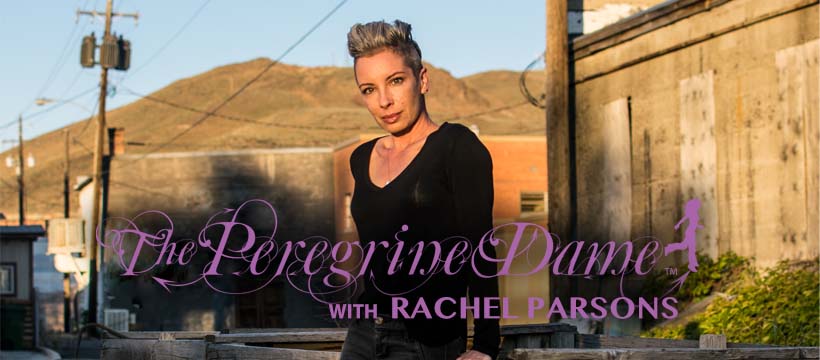More to Cancun than Spring Break
This isn’t Cancun; this isn’t spring break. These people are
all sober. No one’s sunburnt, weaving or throwing up on the sidewalk. It’s
peaceful and quiet. There are kids running around with ice cream cones. It
seems safe.
Except it is Cancun, and as for safety, “Cancun is one of
the safest places you can be in Mexico,” said Victor Garza. He owns El
Callejon, a bar in the massive shopping district in the city center, Mercado
28. “People here really watch out for the tourists because [tourism] is our
only industry. There’s nothing else here.”
But there is something else—a city of more than 600,000
people. For travelers, Cancun is oriented in terms of the 14-mile-long strip of
immaculate sand and corporate-chain hotels on Cancun Island, also known as a
tourist trap, and the real city to the north.
Which is where I am, not down in the adult playpen called
the Zona Hotelera—Hotel Zone—where even in September, there are still plenty of
people drunk and sunburnt.
Cancun’s reputation for being the college-kid party capital
of the Western Hemisphere precedes itself. Each spring semester, thousands of
university students from the U.S. blow their hard-earned cash to fly to the tip
of the Yucatan Peninsula, check themselves into one of the mega-resorts and
spend five days frying in the Caribbean sun.
All I’m saying is there’s more to the fabled spring break
mecca than booze and nefarious romantic encounters.
In the 1970s the Mexican government decided to create a
Caribbean resort destination to mirror Acapulco. It chose the little fishing
village of Cancun Island and developed housing facilities at the northern end
for thousands of workers who would staff the hotels in the Zone.
“Everyone here is from somewhere else,” said Garza when I
caught up with him over coffee one afternoon. “They’re from Mexico City,
Merida, Monterrey. We say the true people from Cancun are in their 30s.”
I want to see these people. Talk with them in my broken
Spanish. So I avoid the Hotel Zone—and its higher rates. I’ve opted for a bunk
in a dormitory at The Mayan. It’s a well-reviewed hostel adjacent to the
evening people-watching hotspot Parque de las Palapas in the city center. At
about $10 per night, it’s the best deal going. The crowd is young and eclectic:
Australians, Czechs, Israelis and Swedes embarking on their Central and South
American romps. So much for locals.
I escape and find myself in the middle of Mercado 28 where I
meet Garza. Sure, I could be down in the Zone surrounded by cheering gringos
while a waiter pours tequila straight out of a bottle down my throat as he
blows a whistle and wears an oversized sombrero. But the market is the best
place to start my exploration. It dominates the giant octagonal block in the
dead center of Cancun, the bull’s eye on the map.
El Callejon, or The Alley, is one of a handful of bars and
restaurants scattered throughout the shops and stalls that sell everything from
cheap Chinese imports to exquisite handmade Mexican art, jewelry and crafts.
Vendors try politely but persistently to commandeer my attention. Plenty of
natives browse in the crowded maze. The sweltering afternoon heat in the
open-air market is held at bay by the covered walkways. A small number of
tourists wander through, brought to the market by cabs that charge them more
than locals simply because they came from the Hotel Zone where the standard
rates are higher than in the city. I paid the same rate as the townies.
I’m not a shopper, but I am drenched from the invisible
clouds of humidity pushing through the updrafts of heat coming off the
sidewalks, so I break down and by a fan, a pretty orange one. The man selling
it to me wants $20. We chat in English though he claims not to speak it well.
“My language is Mayan,” he said. Wait, I thought those guys
were extinct.
They aren’t. The truth is there are plenty of Mayan
descendents still living in the Yucatan. As many as 6 million from where I
stand through Central America. And there are dozens of languages in the
linguistic family known—conveniently—as the Mayan languages.
“Cancun was destined to be a tourist resort,” Garza said.
“Because this was where all the Mayan kings used to have their vacation
palaces.” This gorgeous stretch of the peninsula is known as the Mayan Riviera,
after all.
A couple of hours later I’m standing in the shadow of Mayan
temple ruins on the site of one of these ancient resorts. On the south end of
the Hotel Zone, nearly unnoticeable except for one humble sign before the
entrance, stands El Rey. Or what’s left standing. It’s a 700-year-old village,
one of 47 that dot Cancun Island. From my viewpoint, I can see the enormous
resort directly across the highway built in the shape of a pyramid.
And that’s how it goes here. One side of the Zone is lined
with international conglomerate hotels, the other with 1,000-year-old sites
like El Rey. Mexico’s archeological institute protects them, and this one, at
least, is empty. Well, not quite. One other nerd like me is here poking around.
The resorts are full of people who will spend their week across the road with
no idea that this exists.
Now of course, spring break should be fun and exciting. And
I admit, my idea of fun is a little off center. I will do my share of
sunbathing and playing, but the history and everyday encounters with the people
who live their whole lives here is too much to resist.
And the fan only cost me $10.


Comments